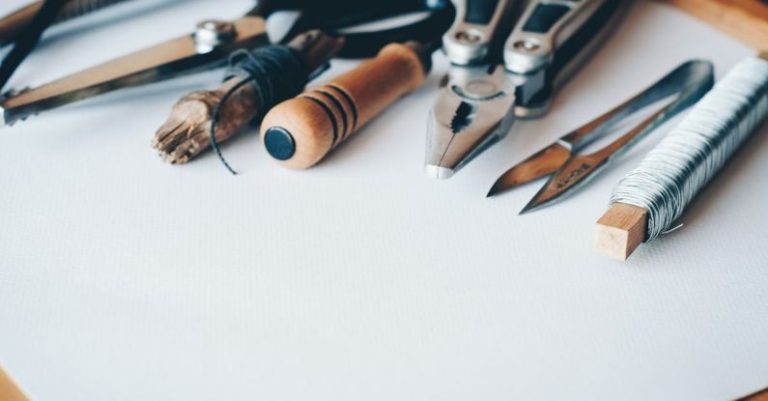Making a Composite Skateboard at Home: a Fun Project
Creating a Composite Skateboard at Home: a Fun Project
Skateboarding is not just a sport; it’s a lifestyle. The thrill of gliding down the pavement, mastering new tricks, and customizing your board to reflect your personality is what makes skateboarding so appealing. If you’re looking to take your skateboarding experience to the next level, why not try making your own composite skateboard at home? It’s a fun project that allows you to unleash your creativity and build a unique board that suits your style. In this article, we will guide you through the process of creating a composite skateboard from scratch.
Choosing the Right Materials
The first step in making a composite skateboard is selecting the right materials. For the deck, you will need layers of wood veneer, fiberglass cloth, and epoxy resin. The wood veneer provides the board with strength and flexibility, while the fiberglass adds durability and stability. Epoxy resin acts as the adhesive that binds the layers together. You can purchase these materials from a local skate shop or online retailer.
Creating the Mold
To shape the deck, you will need to create a mold that resembles the concave shape of a skateboard. You can make a simple mold using foam or wood blocks that are cut to the desired dimensions. Place the wood veneer and fiberglass cloth inside the mold, ensuring that each layer is evenly distributed. Once the layers are in place, apply the epoxy resin to bond the materials together. Use a roller to remove any air bubbles and ensure a smooth finish.
Pressing the Deck
After applying the epoxy resin, it’s time to press the deck to create a solid bond between the layers. You can use a skateboard press or make your own press using clamps and plywood. Place the mold inside the press and tighten the clamps to apply pressure evenly across the deck. Leave the deck in the press for at least 24 hours to allow the epoxy resin to cure fully.
Shaping and Sanding
Once the deck has cured, remove it from the press and trim off any excess material using a jigsaw or bandsaw. Next, use a sander to shape the edges of the deck and smooth out any rough spots. Sand the surface of the deck to achieve a sleek finish. Remember to wear a mask and goggles during this step to protect yourself from dust and debris.
Adding Graphics
One of the best parts of making a composite skateboard is customizing it with your own graphics. You can use paint, stickers, or grip tape to decorate the deck and make it uniquely yours. Get creative and let your imagination run wild! Whether you prefer bold designs or subtle accents, adding graphics to your skateboard is a great way to showcase your personal style.
Testing and Fine-Tuning
Before hitting the streets with your new composite skateboard, it’s essential to test it out and make any necessary adjustments. Take your board for a test ride to see how it performs and feels. If you notice any issues with the shape or flexibility, you can fine-tune the deck by sanding or adding more layers of fiberglass. Experiment with different setups until you find the perfect configuration that suits your riding style.
Enjoying Your Creation
Congratulations! You’ve successfully made a composite skateboard at home. Now it’s time to hit the skatepark and show off your handiwork. Whether you’re cruising down the streets or mastering new tricks, riding a skateboard that you’ve made yourself adds an extra level of satisfaction to the experience. So grab your board, embrace the thrill of skateboarding, and enjoy the fruits of your labor.
In Summary
Creating a composite skateboard at home is a rewarding and enjoyable project that allows you to express your creativity and build a board that is uniquely yours. From choosing the right materials to adding custom graphics, every step of the process is an opportunity to showcase your skills and passion for skateboarding. So why wait? Start your DIY skateboard project today and experience the joy of riding a board that you’ve crafted with your own hands.






